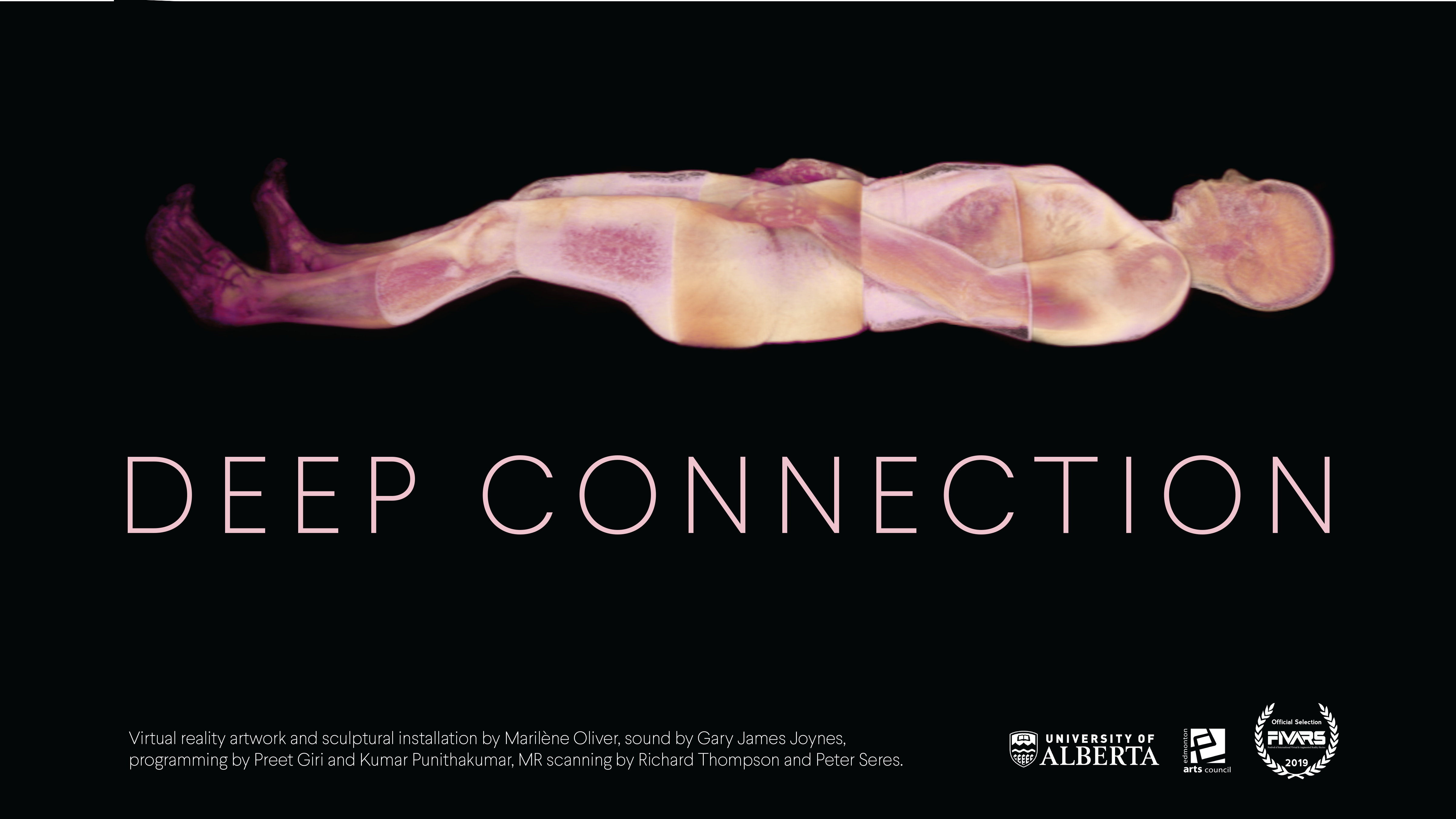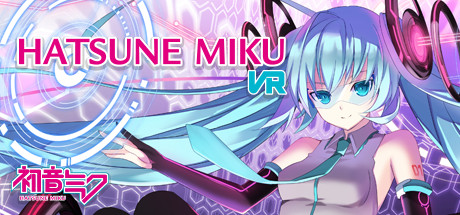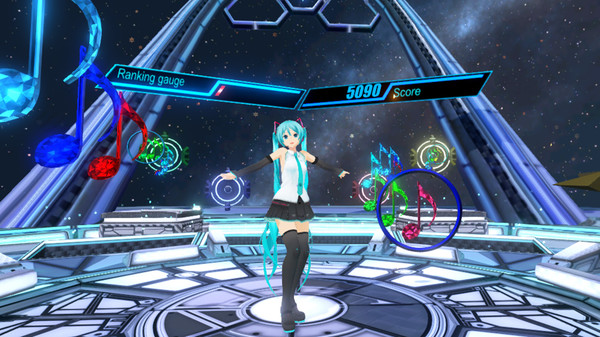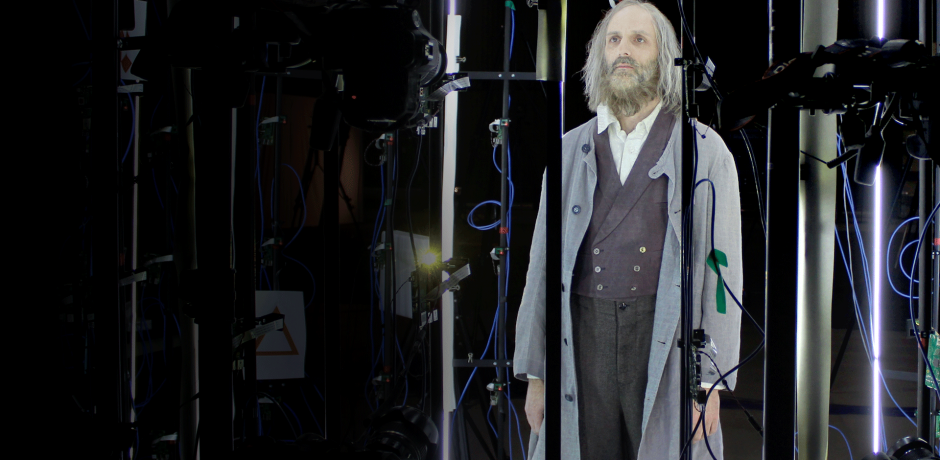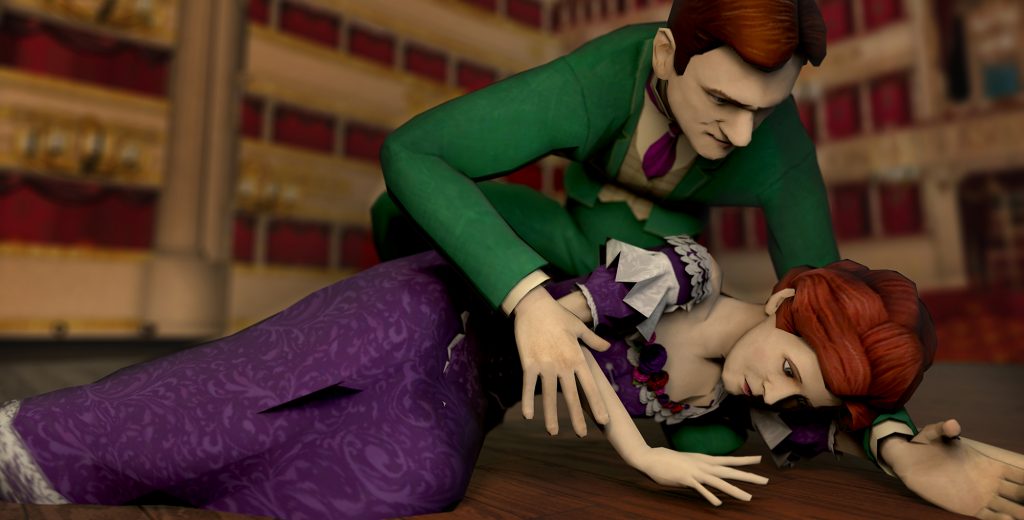A Festival Powered by VR
“5 years in VR, is like dog years,” says FIVARS festival founder Keram Malicki-Sanchez, not a trace of irony in his expression. The international festival of virtual and augmented reality stories he launched in 2015 has run every year against the Toronto International Film Festival – the world’s largest film festival.
Why run a tiny independent festival for a fledgling technology against the sprawling red carpets, Oscar-winning celebs and paparazzi?
“FIVARS is designed to showcase the finest new immersive content from around the world, and I loved how TIFF had exposed me to so many films I would never see anywhere else – the things I didn’t know that I didn’t know. I wanted to bring that to the foreground for immersive media and keep it there. Culture is at the centre of our show.”
FIVARS has always been heavily focused on UX for audiences, using Cleanbox machines to sterilize headsets, using their RipTix system invented by Joseph Ellsworth, to manage queue times, and privacy and discretion while maintaining the fun of social experience in the way that the layout of the event is setup. After five years the festival has learned a lot of lessons and tricks.
In year 5, the show features over 35 pieces from over 12 countries.
Adventures in Six Degrees of Freedom
Some highlights include “Memoria: Stories of La Garma” – a powerful 6DoF experience from the Rafael Pavon about early cave dwellers and the rich culture they left behind through artefacts, paintings and bones. Rafael Pavon started as creative director at the legendary studio Future Lighthouse where he worked in projects like Ray, Melita, Campfire Creepers and Snatch VR. In 2018, he leads the creative department at the Disney-backed immersive studio Jaunt and then became creative director at the award-winning studio AtlasV.
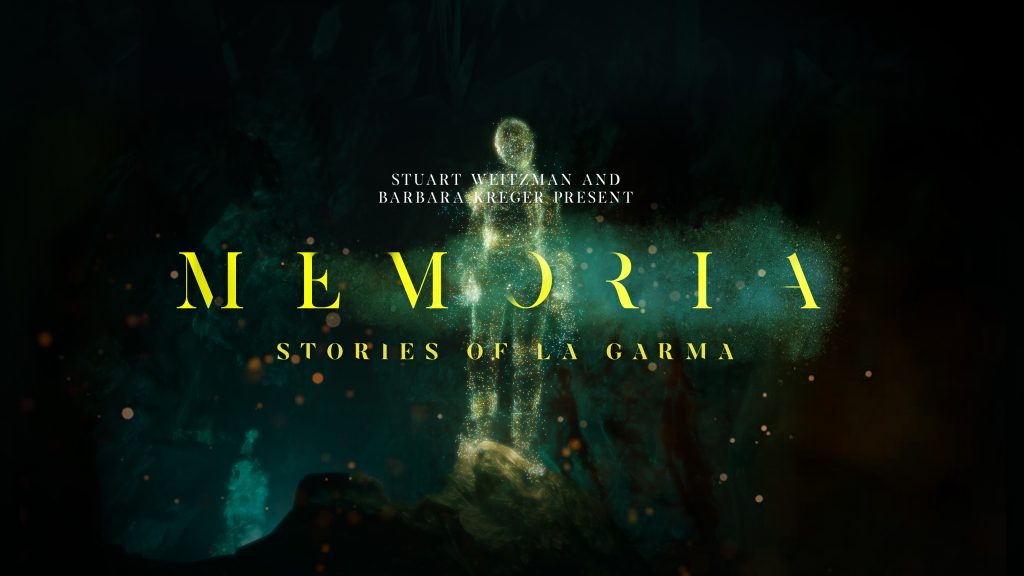
The show also features “Deep Connection” by Marilene Oliver – an incredibly ambitious experience featuring coroplast sculptures with body sensors and laser scanners that enable you to experience full-body MRI scans. Users can walk around the life-sized body, and real-life motion-tracked sculptures, dive inside it to see its inner workings, as well as ‘animate’ the body by holding its hand to make the heartbeat and lungs breathe.
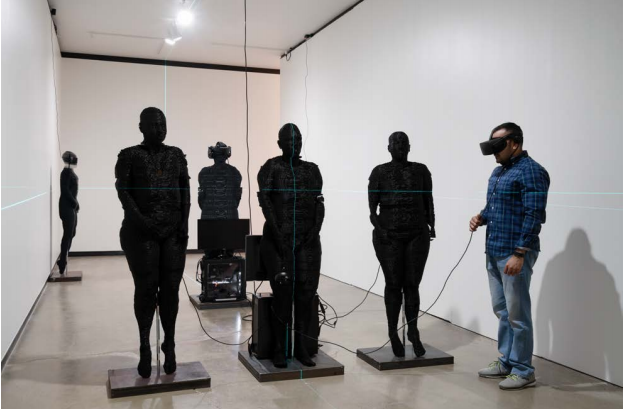
“Screensavers” from Ben Vance/FLOAT lets you dive into the world of 1980’s screensavers in VR. I mean…how can it get any cooler than that? “What began as a utilitarian application became less of a tool to keep static pixels from burning the screens of CRT’s and more a canvas for us to project our imaginations. Stop staring at your screen—dive in and save virtual reality!”
These and many more wonders await.
FIVARS runs its 5th annual festival in Toronto September 13th-15th at the Toronto Media Arts Centre – learn more at fivars.net
Full disclosure: this blog is owned by Constant Change Media Group, Inc. who also operates the FIVARS festival.
